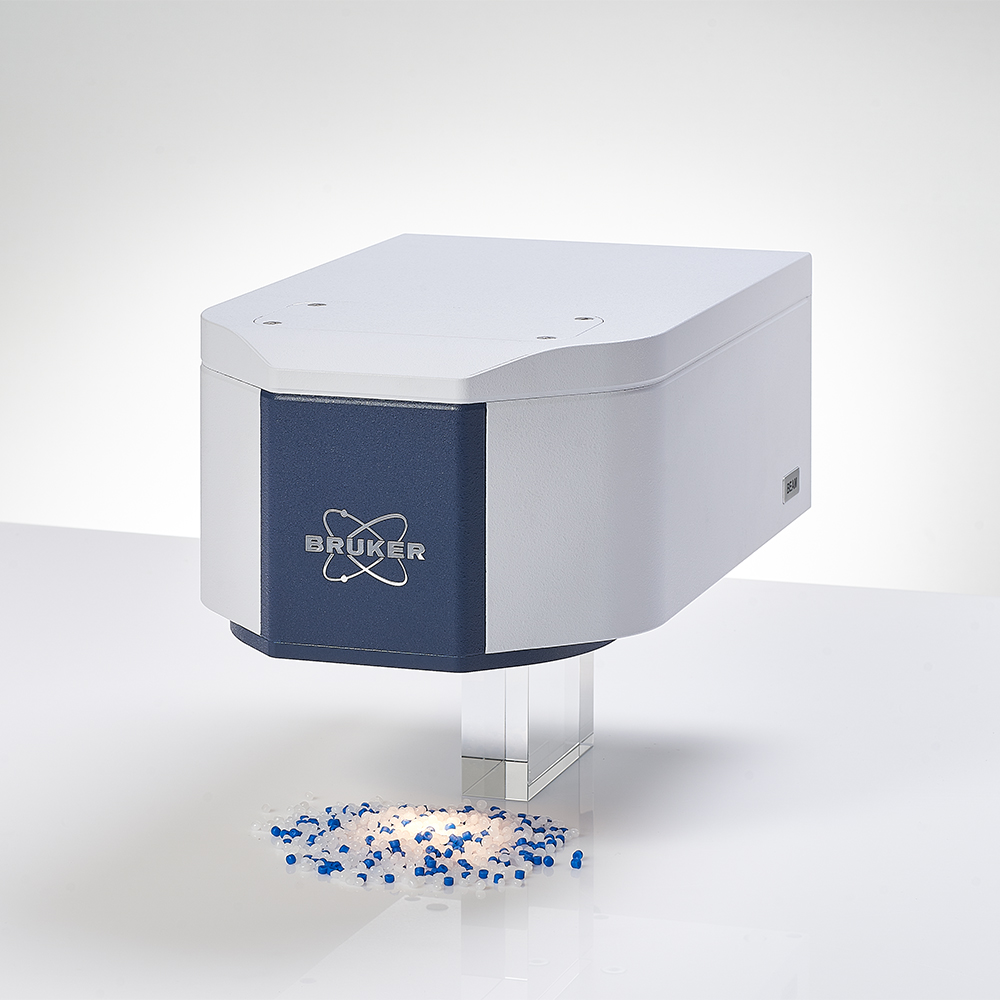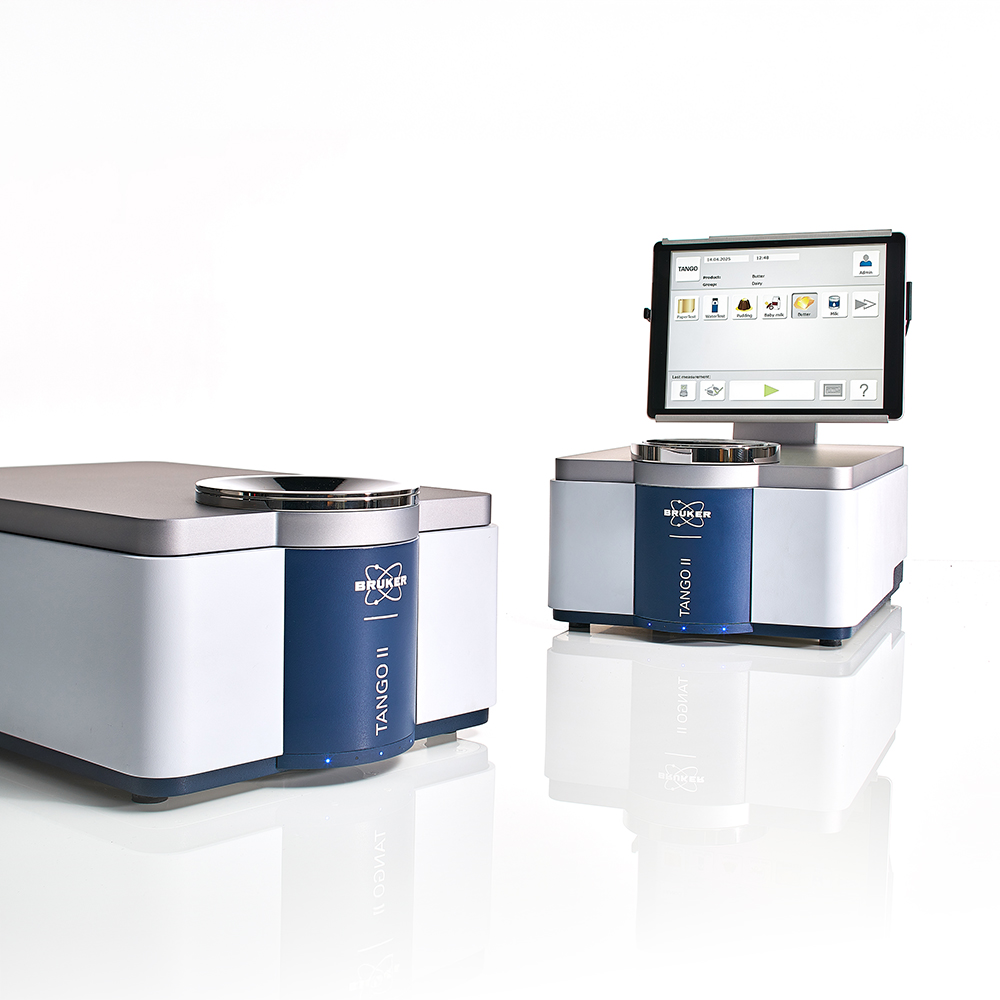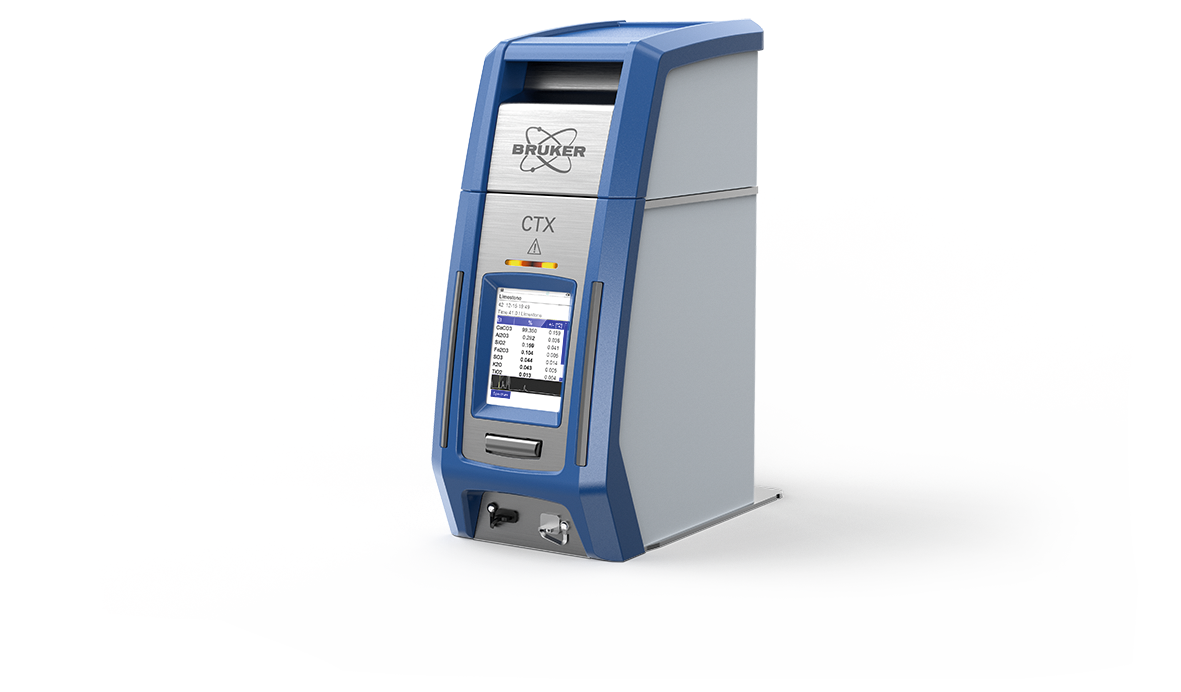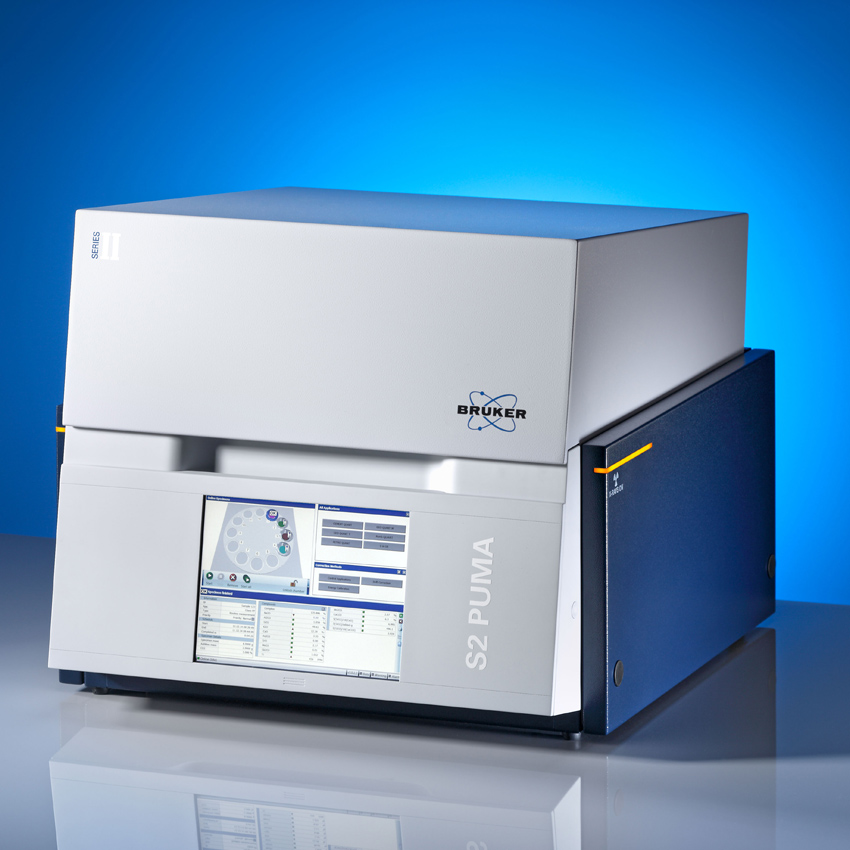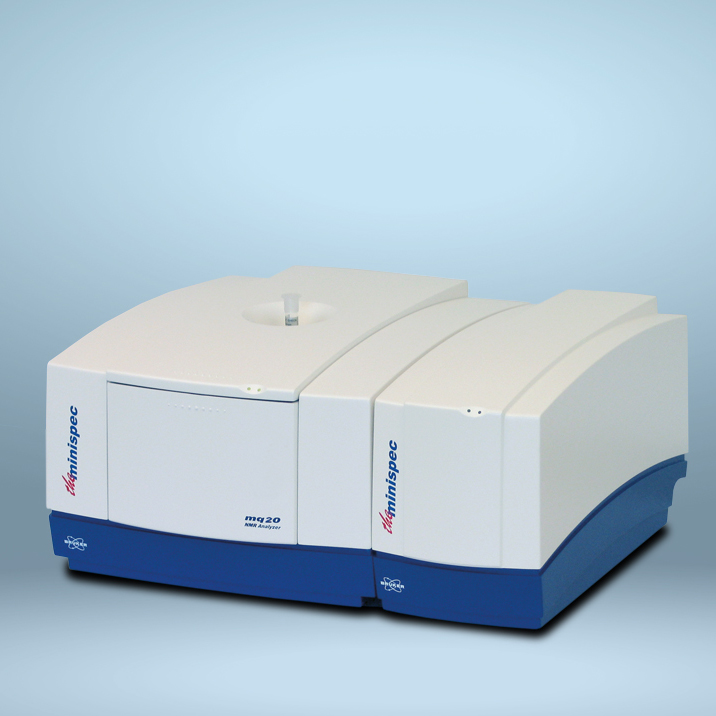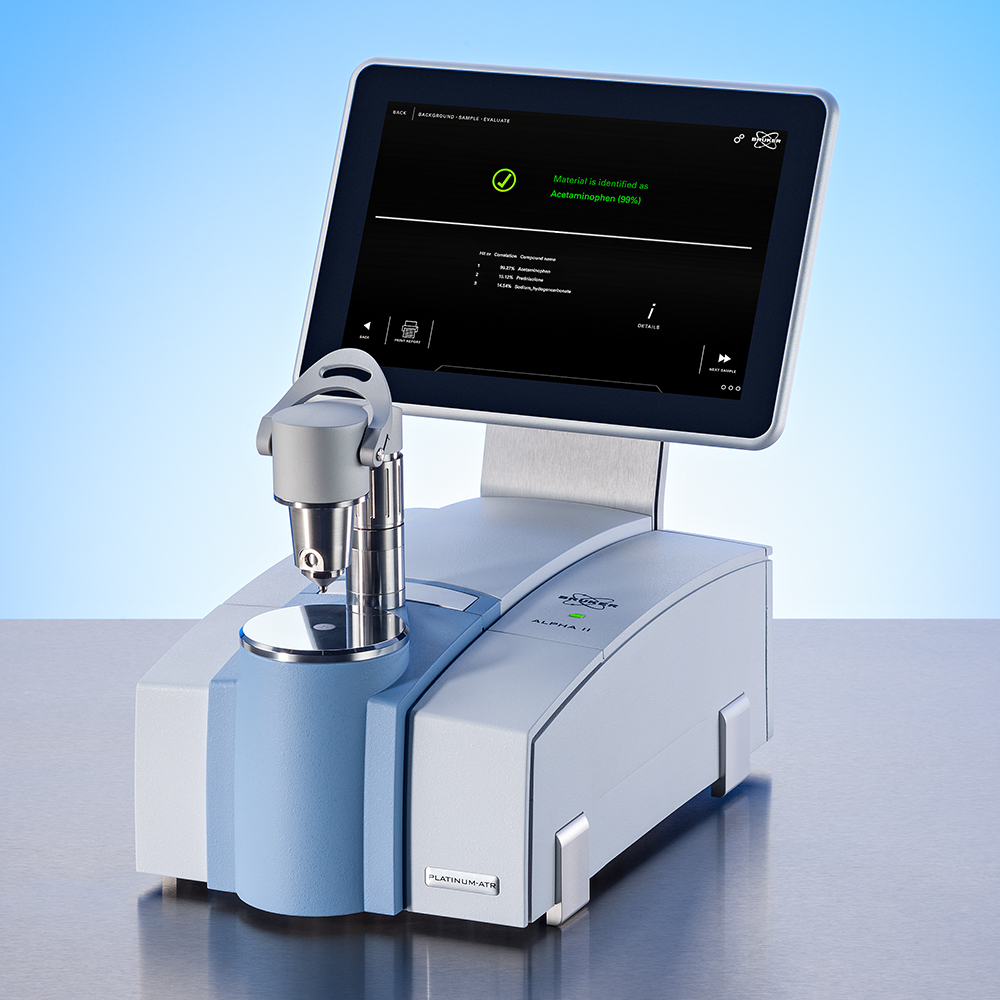

Milk & Dairy Analysis
Analysis of Milk & Dairy Products
Controlling and improving product quality to assure consumer health is of foremost importance to the milk and dairy producers, in all phases of the production chain. Bruker offers a portfolio of easy, reliable and cost-effective solutions for milk testing and dairy analysis.
Bruker’s Dairy Analyzers based on MIR and NIR spectroscopy and light scattering technology set a new standard in routine QC for the analysis of liquid and solid samples. Raw materials, intermediates and final products along the production chain, can be tested quickly and reproducibly including:
- raw & standardized milk, liquid milk products
- cream & condensed milk (also sweetened)
- yogurt, ice cream & desserts
- hard & soft cheese, butter
- whey & whey concentrate
- lactose & whey protein concentrate
- milk & whey powders
Common parameters which can be determined in various dairy products include fat, protein, lactose and total solids. More specific parameters for milk include urea (MUN), nitrogen or freezing point depression. Bruker Optics comprehensive calibration packages for feed and ingredients are developed following the ISO 21543 guideline.
XRF is a fast, nondestructive technology for elemental analysis of macro-nutrients, micro-nutrients, and heavy metals in dairy products and components. XRF is frequently used to accurately quantify Na, Mg, P, Cl, K, Ca, and Fe, in milk, milk protein, lactose, and more. Even for milk powder (infant formula), where stringent quality requirements need to be met, XRF is a trusted and well-established technique. By measuring the mineral components, XRF can also be used to determine the ash content – quickly and without destroying the sample!
Bruker’s Elemental Analyzer portfolio includes high-throughput lab-based ED-XRF and WD-XRF, point-and-shoot handheld XRF, micro-XRF, and ultra-trace analysis TXRF spectrometers.
Total
Fat and Moisture in milk powder and milk powder-based products can be
routinely measured with TD-NMR in QA/QC. This method is fast, accurate,
and superior to those of wet chemistry (e.g., solvent extraction).
Sample measurements are independent of color or particle size of the
milk powder.
Foreign bodies found in feed products need to be identified to be able to determine their source for taking corrective action. XRF and FT-IR quickly identify these small physical contaminant materials on the production floor or in the lab. Whereas XRF spectroscopy is ideal for metals, ceramics, stones and glass, the complementary FT-IR technology works best for plastics, rubbers, and other organic materials.
